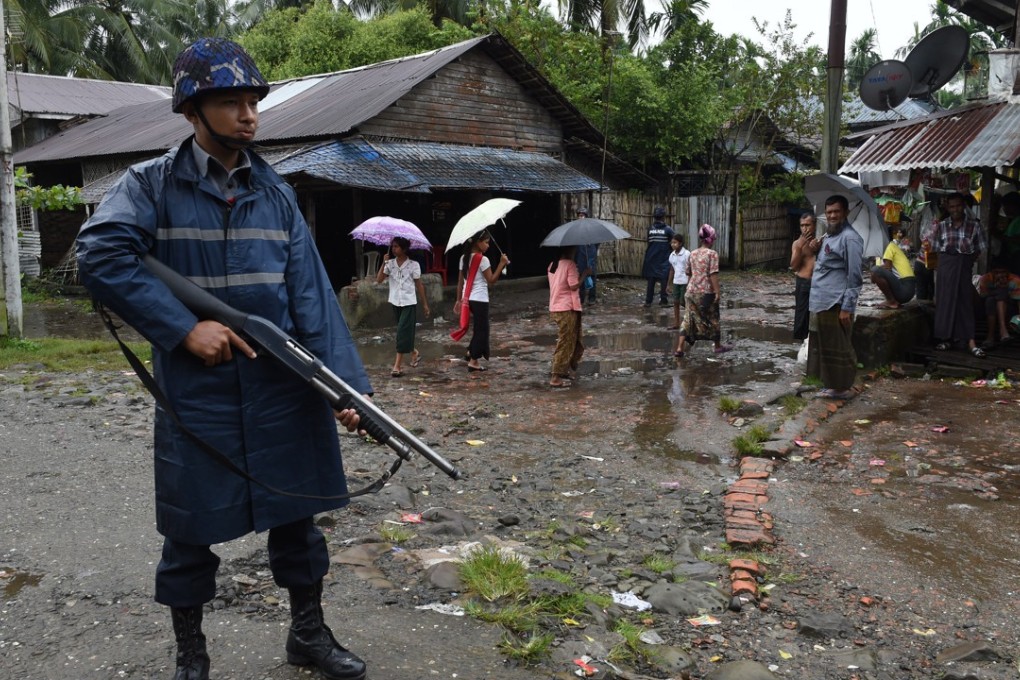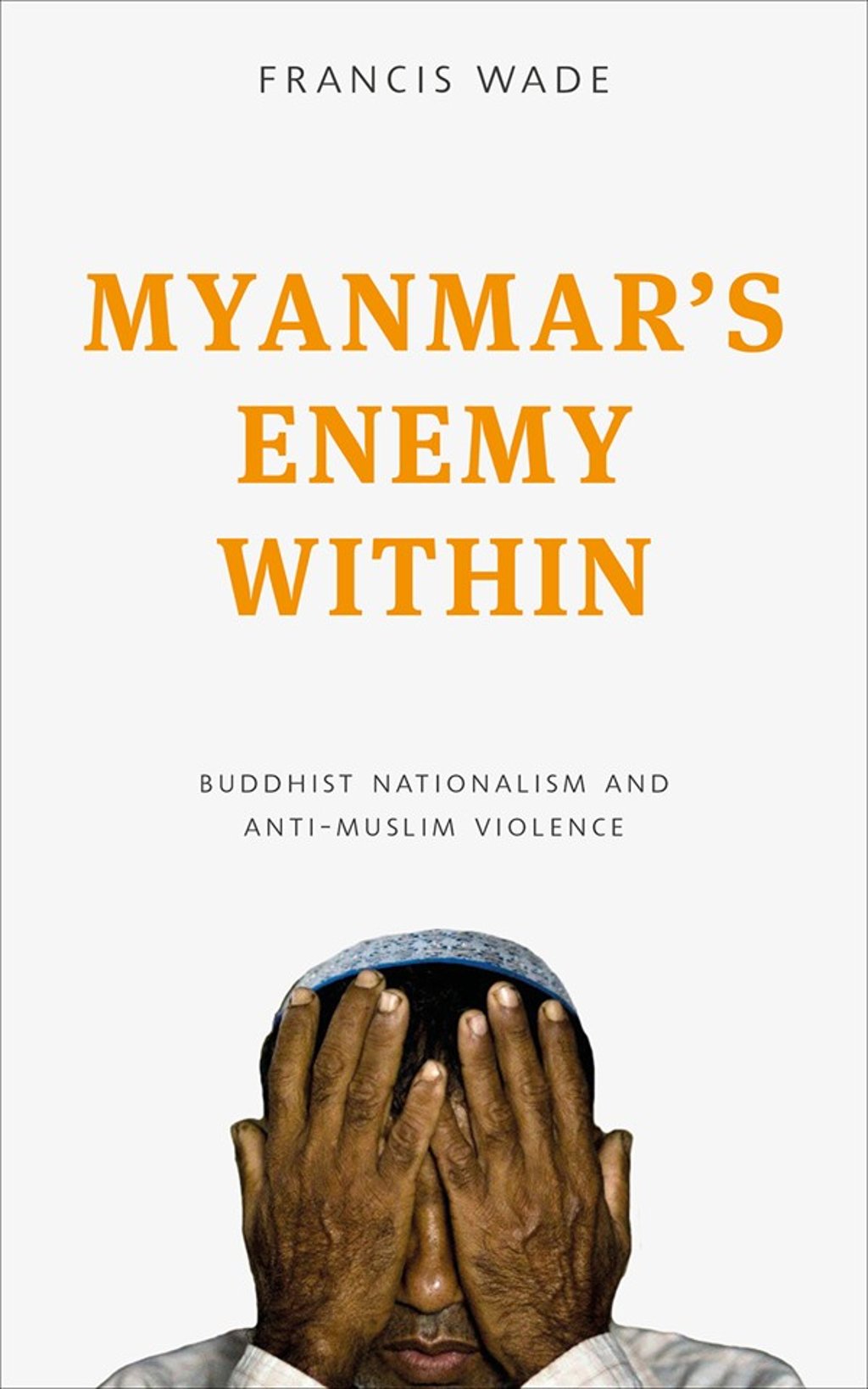Review | Book review: how Myanmar squandered its promise of peace and prosperity after the end of military rule
Since the junta made way for democratic rule in 2011, deadly outbreaks of violence between Buddhists and Muslims have scarred the country. Francis Wade creates an impressively detailed picture of the tensions inside Myanmar

Myanmar’s Enemy Within
by Francis Wade
Zed Books
When five decades of military rule came to an end in Myanmar in 2011, there was hope that an era of peace and prosperity would dawn. Instead, the country has been racked by internal discord and ethno-religious conflict that has pitted the majority Buddhist population against Muslim minorities. Communities that once lived side by side have come to view each other with suspicion and dread, with violence begetting more violence.
At least 71 dead in coordinated attacks by Muslim militants on Myanmar police stations
“Fed from stories of the past, fears were activated so that old friends suddenly took on sinister qualities that turned them into enemies,” Francis Wade writes in Myanmar’s Enemy Within, which charts the rapid escalation of tension across the country since 2012, particularly in Rakhine State, on the west coast.

On June 8, a mob of Rohingya, the Muslim ethnic minority, attacked the homes of ethnic Rakhine, who practise Buddhism. This came just five days after 10 Muslims travelling on a bus were beaten to death by Buddhists in retaliation for Ma Thida Htwe’s murder.
“The violence of early June 2012 was the first major wave of conflict between Buddhists and Muslims to strike Myanmar as it transitioned away from military rule,” writes Wade.